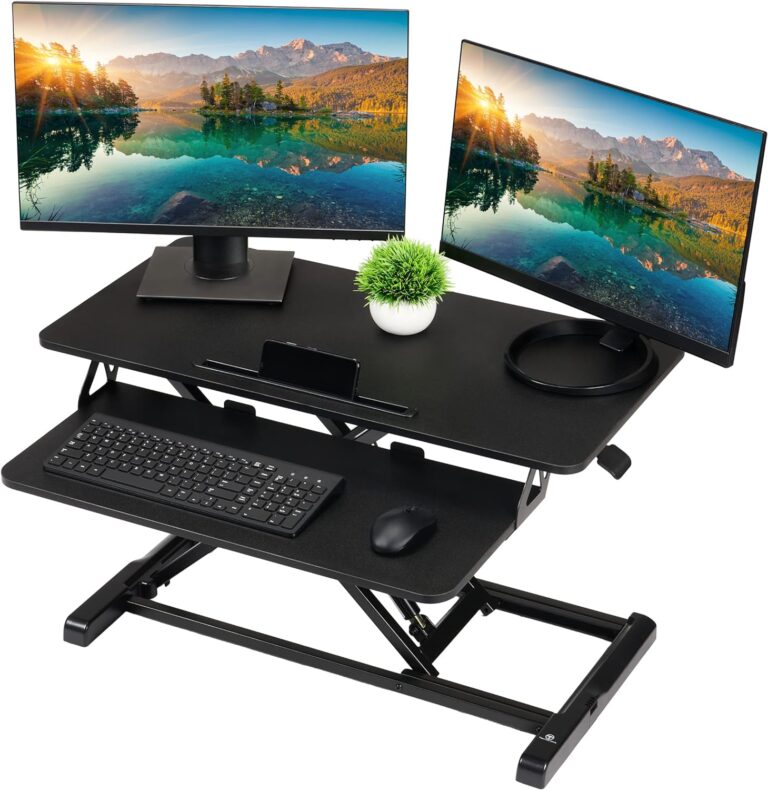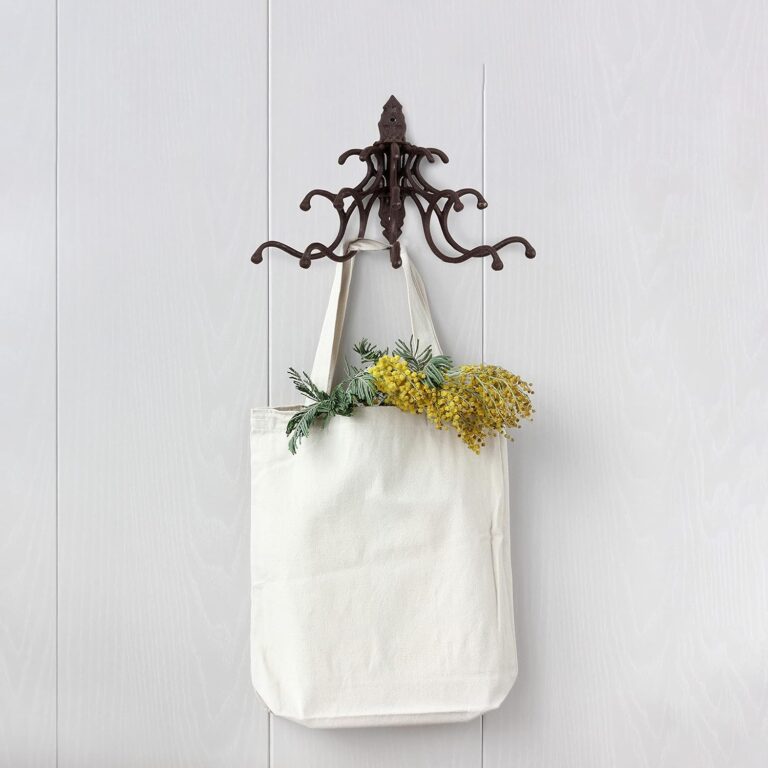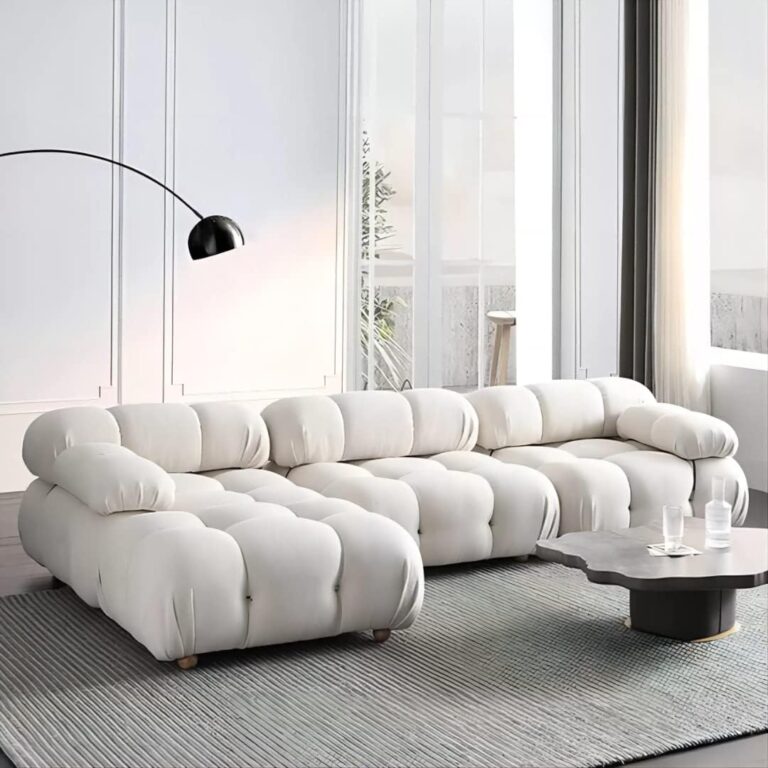
Selecting the right furniture is crucial for enhancing the safety, comfort, and quality of life for senior citizens. As mobility and physical needs change with age, the home environment must adapt accordingly. This article offers a streamlined guide to help you choose furniture that meets the functional needs and comfort levels of the elderly. It balances essential safety features with the personal comfort that transforms a house into a home. Aimed at caregivers, family members, and seniors themselves, this guide provides essential insights for creating a safe and welcoming living space for the elderly.
Understanding the Needs of Senior Citizens:
When choosing furniture for senior citizens, it’s essential to first understand their unique needs and challenges. As we age, our bodies undergo various changes that can affect mobility, balance, and overall physical comfort. Recognizing these changes is key to selecting furniture that not only accommodates but also supports the well-being of the elderly.
- Physical Challenges: Many seniors face issues such as reduced mobility, arthritis, and balance problems. Furniture that requires minimal effort to use and provides excellent support can significantly enhance their daily life.
- Ergonomic Considerations: Ergonomic furniture is designed to support the body’s natural posture, reduce strain on joints, and increase comfort. Features like adjustable heights, supportive cushions, and easy-to-grip handles are crucial.
- Sensory Changes: Aging can also affect sensory perceptions, making it important to consider the texture, color contrast, and ease of identifying furniture edges to prevent accidents.
- Cognitive Considerations: For seniors with cognitive impairments like dementia, furniture should be straightforward, familiar in style, and free from complex mechanisms that can cause confusion or frustration.
- Independence and Accessibility: Furniture that promotes independence for seniors is essential. This includes pieces that are easy to maneuver around and use without assistance, fostering a sense of autonomy and dignity.
- Flexibility for Future Needs: As needs can change over time, choosing furniture that can adapt to evolving health conditions is a practical approach. Modular or adjustable pieces can offer long-term solutions.
Safety First: Essential Features in Senior-Friendly Furniture:
Safety is the foremost priority when selecting furniture for senior citizens, as it directly impacts their well-being and independence. Here are key features to look for in senior-friendly furniture:
- Stability and Sturdiness: Furniture should be solid and stable to prevent tipping or wobbling, which can lead to falls. Chairs, tables, and beds must have a robust construction that can support the senior’s weight and movements securely.
- Non-Slip Surfaces: Look for furniture with non-slip feet or pads, especially for chairs and tables. This feature prevents the furniture from sliding on smooth floors, a common cause of accidents in the elderly.
- Appropriate Height: Furniture that is too low or too high can be a risk factor. Chairs and beds should be at a height that allows seniors to sit down and stand up easily without straining their knees or requiring assistance.
- Rounded Corners and Edges: Sharp corners can be hazardous. Opting for furniture with rounded edges minimizes the risk of injury if a senior accidentally bumps into it.
- Easy-to-Use Handles and Controls: For cabinets, drawers, and doors, handles should be easy to grip and operate. Avoid small, fiddly knobs or latches that can be difficult for arthritic hands to manipulate.
- Adequate Support and Cushioning: Seating furniture should have good back support and enough cushioning to be comfortable yet firm enough to aid in standing up. This is especially important for those with back problems or limited mobility.
- Lightweight and Easy to Move: Furniture that can be moved easily allows for quick rearrangement for cleaning or accessibility purposes. However, this should not compromise the stability and sturdiness when in use.
- Emergency Accessibility: Consider the ease with which emergency responders can move the furniture in case of a medical emergency. This is particularly important for bedroom furniture.
By prioritizing these safety features, you can create a safer and more comfortable living environment for senior citizens, helping them maintain their independence and quality of life.
Comfort and Accessibility:
When it comes to furnishing for senior citizens, comfort and accessibility are as important as safety. The right choices can significantly enhance their daily living experience. Here are the key aspects to consider:
- Ergonomic Design: Furniture should support the natural posture of the body. Chairs and sofas with ergonomic features can reduce the risk of back pain and joint strain. Look for items that provide proper lumbar support and have comfortable armrests.
- Cushioning and Support: Adequate cushioning is essential for comfort, but it should be balanced with support. Overly soft furniture can be difficult to get out of. Memory foam or firm cushions that hold their shape are often good choices.
- Height Adjustable Furniture: Adjustable furniture can be tailored to the individual’s needs, making it a versatile option. Tables and chairs with height adjustability allow seniors to set them to the most comfortable and accessible level.
- Easy Access Seating: Chairs and sofas should be of a height that makes sitting down and standing up as effortless as possible. Seat depths should also be considered so that seniors can sit comfortably with their feet flat on the ground.
- Accessible Storage: Storage options should be within easy reach. Avoid high shelves or cabinets and opt for drawers and shelves at waist or chest height. Sliding doors or drawers with easy-to-pull handles are ideal.
- Walk-In Showers and Bath Accessories: In the bathroom, consider installing walk-in showers with seats and hand-held showerheads. Grab bars and anti-slip mats can add an extra layer of safety and comfort.
- Adequate Lighting: Good lighting is crucial, not just for visibility but also for comfort. It can reduce eye strain and the risk of accidents. Ensure that the lighting is evenly distributed and accessible, with switches and controls within easy reach.
- Easy-to-Maintain Materials: Choose materials that are easy to clean and maintain. This not only ensures hygiene but also reduces the effort needed for cleaning, which can be a challenging task for some seniors.
By focusing on these aspects of comfort and accessibility, you can create a living space that not only meets the physical needs of senior citizens but also contributes to their overall well-being and independence.
Materials and Maintenance:
Selecting the right materials and considering ease of maintenance are crucial when choosing furniture for senior citizens. These factors greatly influence the longevity, safety, and practicality of the furniture in their living spaces.
- Durable Materials: Furniture should be made of sturdy and durable materials that can withstand regular use. Hardwoods for frames and high-quality metals for fixtures are good choices. They offer longevity and require less frequent replacements.
- Easy-to-Clean Surfaces: Surfaces should be easy to clean and maintain. Non-porous materials like laminate, vinyl, or leather are ideal as they can be wiped down quickly and do not harbor bacteria or odors. Avoid materials that stain easily or require specialized cleaning.
- Hypoallergenic Fabrics: For upholstery, consider hypoallergenic fabrics, especially if the senior has allergies or respiratory issues. Materials like microfiber can be advantageous as they are less likely to attract dust and allergens.
- Comfortable Textiles: Choose textiles that are comfortable against the skin. Soft fabrics that do not irritate the skin are important, as older adults may have sensitive skin.
- Slip-Resistant Flooring: In areas with furniture, consider using slip-resistant flooring options like low-pile carpets or anti-slip mats. This helps in reducing the risk of falls when moving around the furniture.
- Low Maintenance Requirements: Furniture that requires minimal maintenance is preferable. Seniors may find it challenging to perform regular, strenuous maintenance tasks. Opt for furniture that looks good and functions well with simple, infrequent care.
- Color and Contrast: High contrast colors between furniture and flooring can help seniors with vision impairments easily distinguish different areas and objects, reducing the risk of accidents.
- Resistance to Wear and Tear: Look for fabrics and materials that are resistant to wear and tear. Durable materials are particularly important for frequently used items like chairs and sofas.
By focusing on these material and maintenance considerations, you can ensure that the furniture not only enhances the comfort and safety of senior citizens but also remains functional and attractive with minimal upkeep over time.
In conclusion, selecting furniture for senior citizens is a thoughtful process that balances safety, comfort, and practicality. It’s crucial to consider the unique physical needs of the elderly, ensuring furniture provides stability and ergonomic support, and is easy to maintain. This decision is not just about functionality but also about enhancing the quality of life and independence for seniors. Involving them in the choice ensures their living space is not only safe and comfortable but also a true reflection of their preferences. Ultimately, the right furniture can transform a living space into a safe, comfortable haven, supporting seniors in enjoying their golden years to the fullest.






